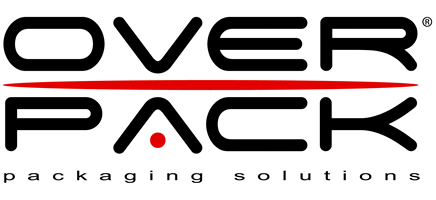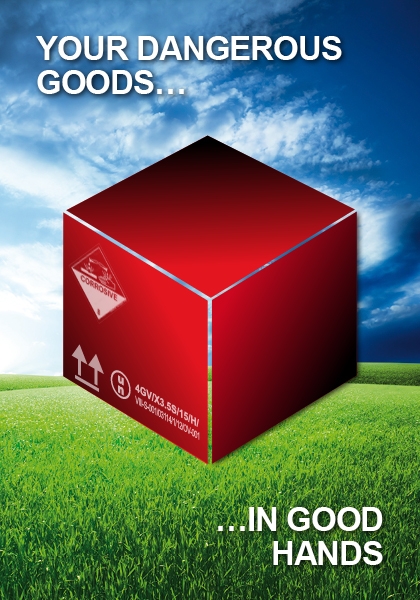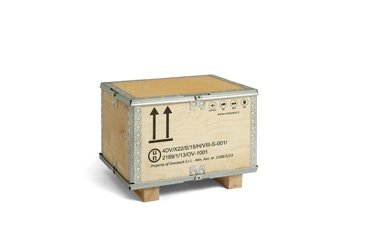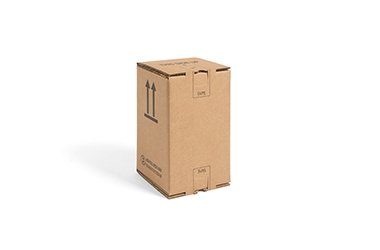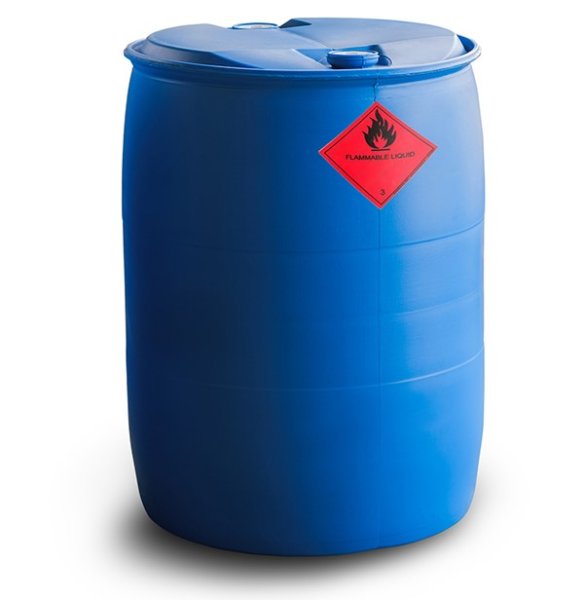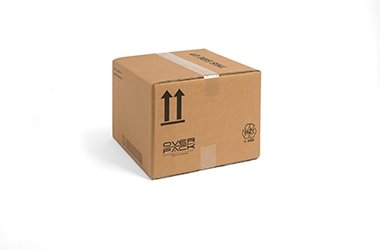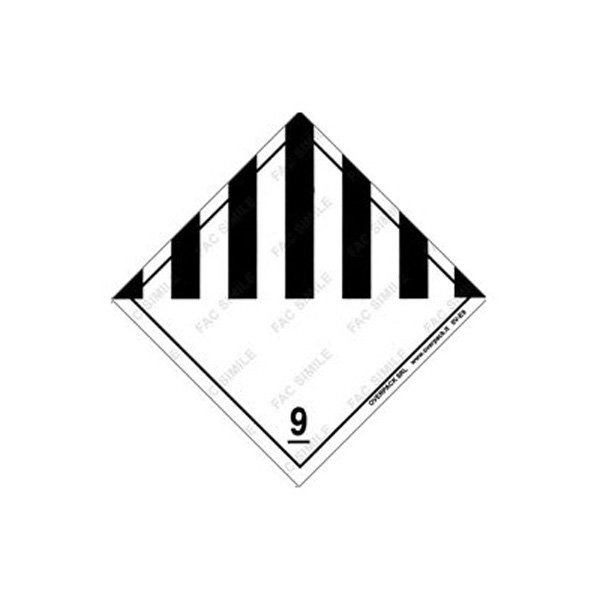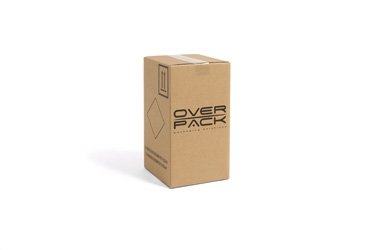Packagings for Chemical products

Most chemical products are considered to be dangerous goods, since their chemical composition can be a risk to health and safety and, as a result, cause harm to people, the environment and transport itself.
It is important to consider that chemicals require scrupulous attention at every stage of the shipment: from the choice of suitable handling means for loading and unloading operations, from the type of packaging to the necessary document preparation.
Rigorous procedures are essential to reduce the risk of accidents during the delicate operations that are carried out during the handling of this type of products.
In the industrial field, the advancement of technological research and the strengthening of the study on chemical reactions have made it possible to obtain many derived products, exploiting successive transformations of organic raw materials (oil, coal, gas, biomass) and inorganic (minerals, water, salts).
The chemical industry plays a central role in meeting the needs of an increasingly large part of the world’s population, which day after day is trying to improve its well-being.
Chemicals, in fact, are used in all economic activities, from agriculture to services and household consumption.
Many of the products in this sector are classified as dangerous goods to transport, such as adhesives, aromas and fragrances, paintings and polishes, varnishes and thinners, aerosol products, resins, manures, detergents, cleaning products, biocides, fertilizers, phytosanitary products, liquefied gases, medicines, inks, insecticides, organic peroxides, pesticides, petrochemical products, pigments and dyes.
Dangerous goods in this sector cover almost all dangerous classes:
CLASS 2 – Gases
CLASS 3 – Flammable liquids
CLASS 4 – Flammable solids, spontaneously combustible substances and substances that generate flammable gas
CLASS 5 – Oxidizing and organic peroxides
CLASS 6 – Toxic substances
CLASS 8 – Corrosives
CLASS 9 – Other substances and articles
Description: UN approved 1A1 Metal drum
Dimension: Ø 306 h 485
Regulations: ICAO-IATA, ADR, RID, IMDG
UN Approved for: Solids, Liquids
Volume: 30 L
Description: UN approved 4DV collapsible plywood box
Internal dimensions: 400x300x260 mm
Regulations: ICAO-IATA, ADR, RID, IMDG, ISPM15FAO
UN Approved for: Every inner and article
Approval: X22
Description: UN approved 4GV fibreboard boxes
Internal dimensions: 177x177x298 mm
Regulations: ICAO-IATA, ADR, RID, IMDG
UN Approved for: Any inner and article
Approval: X3,5
Description: UN approved 1H1 Plastic drum
Dimension: Ø 320 h 510
Regulations: ICAO-IATA, ADR, RID, IMDG
UN Approved for: Solids, Liquidi
Volume: 30 L
Description: Package label class 3 + UN 1266 Perfumery Products
Dimension: 190x150 mm
Description: UN approved 4G fibreboard boxes
Internal dimensions: 110x110x160 mm
Regulations: ICAO-IATA, ADR, RID, IMDG
UN Approved for: Plastic bags
Approval: Y2
Description: UN approved 1A1 Metal drum
Dimension: Ø 378 h 590
Regulations: ICAO-IATA, ADR, RID, IMDG
UN Approved for: Solids, Liquids
Volume: 60 L
Description: UN approved 4G fibreboard boxes
Internal dimensions: 204x204x373 mm
Regulations: ICAO-IATA, ADR, RID, IMDG
UN Approved for: Articles (lithium batteries, aerosol...)
Approval: X10
Description: UN approved 4GV fibreboard boxes
Internal dimensions: 204x204x373 mm
Regulations: ICAO-IATA, ADR, RID, IMDG
UN Approved for: Any inner and article
Approval: X5
Description: Documentation for the maritime transportation of Dangerous Goods
 English
English  Italian
Italian